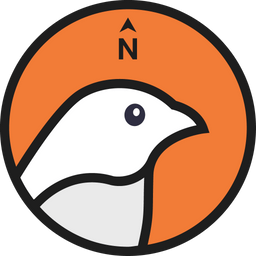Wat Muai Tor was established in 1889 by Lady Mia, who was the ruler of Mae Hong Son at the time. The name of the temple was derived from the first abbot, who moved here from Wat Muai Tor in the Mok Mai District of Shan State, Myanmar, and decided to keep the same name. The locals refer to it as "Jong Muai Tor," a name that has persisted to this day. The temple was officially registered in 1923, and in 1955, Phra Rajveerakorn, the abbot of Wat Muai Tor and the ecclesiastical head of Mae Hong Son Province, constructed a new sermon hall in the style characteristic of the Tai Yai architecture still prevalent today. Wat Muai Tor holds great significance for Mae Hong Son Province not only as a reflection of Tai Yai culture through its precious architecture but also through various traditions, such as the Toh Long Rice Offering Ceremony, the Buddhist Lent Festival, the End of Buddhist Lent Festival, and the Songkran Festival, which are regularly celebrated at the temple. Additionally, the temple is renowned for a wealth of attractions. The temple organizes the Maewong festival every month, from the 10th to the 15th of the 12th lunar month. A highlight is the principal Buddha statue in the ordination hall, a brass Buddha image brought from Myanmar in 1923. In the sermon hall, there is also a bronze Buddha statue in the Burmese style, as well as two pairs of intricately carved elephant statues that were also brought from Myanmar in 1923. The temple features a spire-like altar, a large bell-shaped stupa, and other structures that are currently in a state of disrepair. The temple’s stupa, which is adorned in the Mon style, is surrounded by smaller stupas and topped with a metallic ornate umbrella, complete with hanging bells and "jong" (a type of pagoda), which were newly constructed in 1984.
Photo Credit: ททท.สำนักงานแม่ฮ่องสอน
Wat Muay Tor
Province: Mae Hong Son

